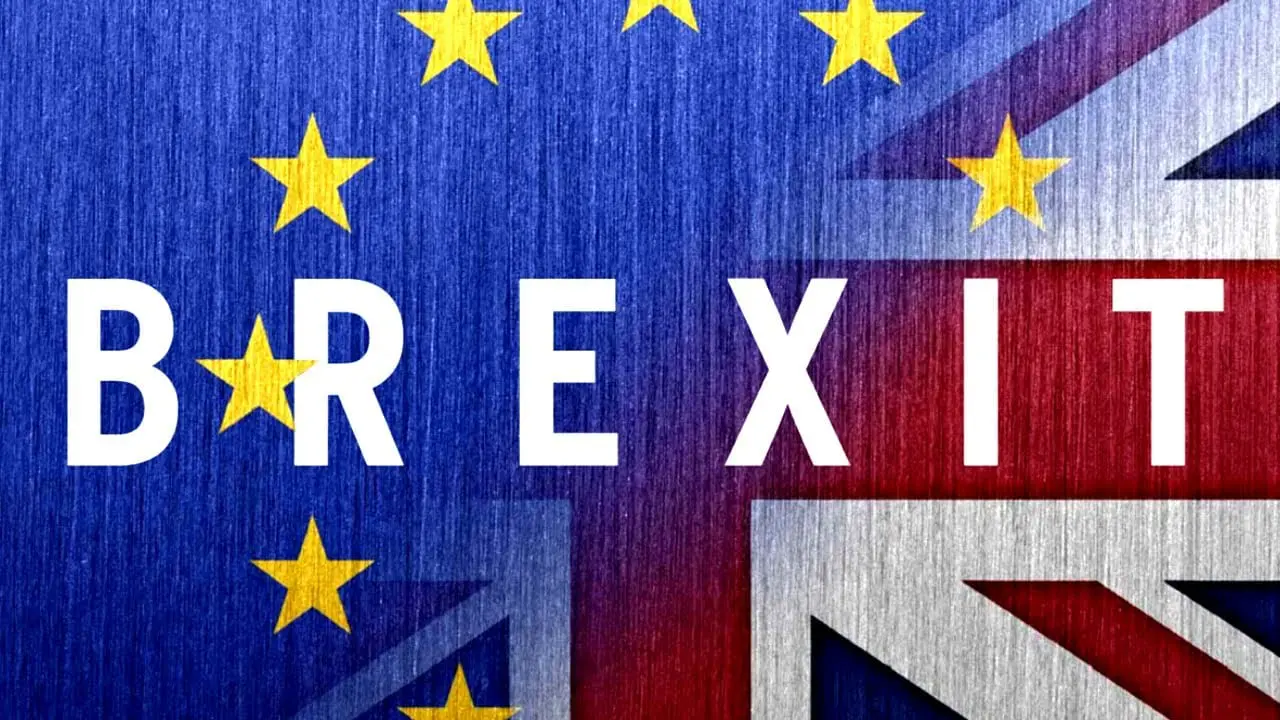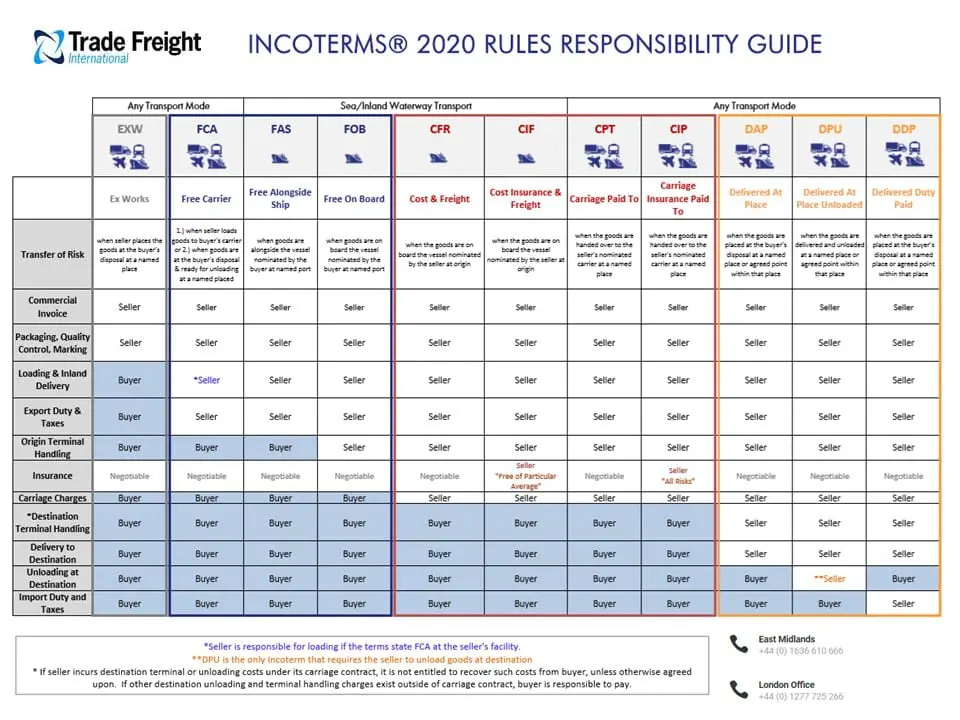Technically, if you are operating HGVs (over 12 tonnes) in the Greater London area, you should already be compliant with the Direct Vision scheme. In practice, there is currently no enforcement of this scheme and hence no penalty for non-compliance. This, however, looks set to change shortly. Here is what you need to know.
The background to the Direct Vision scheme
Despite the congestion charge and various other schemes, London’s roads are heavily congested. This makes them dangerous. In particular, there have been a number of incidents involving collisions between HGVs and cyclists.
These incidents were caused by the HGV drivers simply being unable to see the cyclists. Some of these collisions were fatal (to the cyclists) and all were, at least potentially, avoidable. The Direct Vision scheme aims to address this by making sure that all HGV drivers in the capital have a suitable degree of vision from their cab.
The practicalities of the Direct Vision scheme
Enforcement of the Direct Vision scheme will be by means of Automatic Number Plate Recognition. Cameras will simply capture the licence plate of any vehicle and cross-reference it with a database of vehicles which have been approved for entry into the Greater London area. If a vehicle is non-compliant, a penalty notice will be issued.
TfL has indicated that enforcement of the Direct Vision scheme will begin on 1st March 2020. Operators will therefore need to have their forms in by the end of January to be sure of having their applications processed in time
Non-compliant operators face penalties of up to £550 (reduced to £275 if paid within 14 days) plus £130 for the driver every time a non-approved vehicle enters Greater London. These penalties can apply even if the vehicle is fully compliant with the requirements of the scheme.
The criteria for determining vision
All vehicles will be given a preliminary rating of 0-5 stars based on their condition when they left the production line. If a vehicle achieves a one-star rating (or better), the operator can apply directly for approval under the Direct Vision scheme.
If, however, a vehicle does not meet the current minimum standard of one-star, it may still be allowed to enter Greater London. It would, however, need to qualify based on a second set of criteria known as the “Safe System”. This basically assesses the use of driver aids to compensate for the lack of direct vision.
It is, however, important to note that vehicles which only achieve a one- or two-star rating or which qualify under the Safe System will only be permitted until 25th October 2024. After this, they will need to improve their standards to meet the more rigorous criteria which will be imposed after that date. Vehicles which achieve a rating of three stars or better can be permitted for up to 10 years.
You should also be aware that the Safe Standard is set to be reviewed in 2022. It is expected that by 2024 it will be replaced by the Progressive Safe Standard. This will effectively be an updated standard which reflects any technological improvements made during that time. TfL has indicated that they will only consider technology which can be retrofitted to existing HGVs.
An update to emissions standards
Although this has nothing to do with the Direct Vision scheme, for completeness, here is a reminder that the Low Emission Zone (LEZ) will be enforcing even stricter standards on heavy diesel vehicles from March 1st 2021. Any heavy diesel HGVs which fall below Euro VI (NOx and PM) emissions standards will need to pay a daily charge to enter the LEZ.



Recent Comments